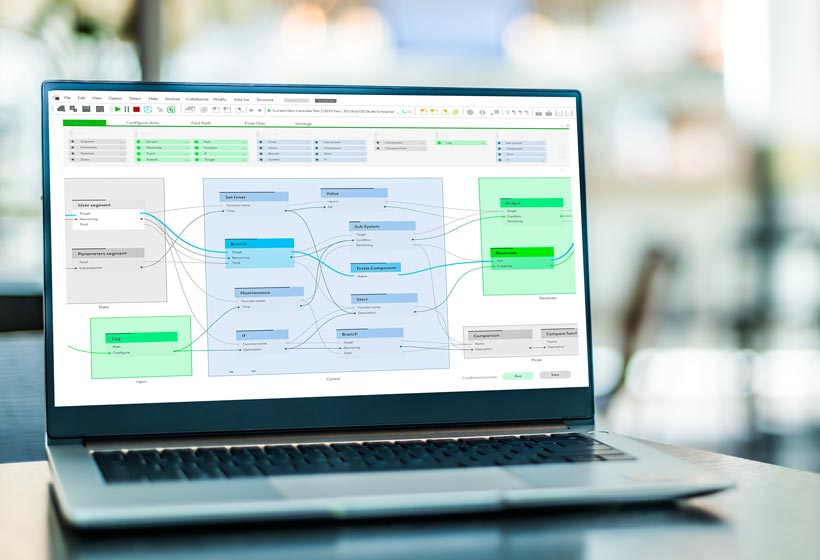
Architectural services
Organizations are using a plethora of technical solutions, such as systems and applications. Together, they form what’s referred to as IT architecture.
Understanding this entire concept is especially crucial when developing a business, yet it often receives little or no attention.
Reviewing architecture ensures that the integrity of the whole is maintained, even when current solutions are developed or new systems introduced. The architect’s role is to ensure that all decisions are sensible, technically feasible, and cost-effective.

Why should you understand the architectural aspects of your organization?
- Strategic approach. Developing the business as a whole, not just solve individual challenges.
- Future-proof. Making decisions that last far into the future.
- Simplicity. Making things simpler and clearer.
- Goal-oriented. Making sure that with every step we’re moving in the right direction.
- Cost-effectiveness. Making investments that are the most beneficial over time.
How can we help?
Do you wish to gain a clearer understanding of your organization’s operations, or grasp the full scope of the solutions you are using?
We can help you to illuminate the big picture.
Data Architecture
Data architecture is part of the company’s overall architecture. It outlines how data moves within the organization.
IT Architecture
IT architecture examines the entirety formed by an organization’s technology solutions. Through IT architecture, for instance, we analyze how different systems communicate with each other, as well as how the development of individual systems or the acquisition of new systems impacts the overall setup.
Solution Architecture
Solution architecture focuses on finding the most efficient technical solutions for business needs. Solution architecture can, for example, identify ways to streamline an organization’s business processes.
Service Blueprint
Service Blueprint is a picture of a company’s entire service offering drawn in an easily understandable format, encompassing, for example, IT architecture and the entire customer journey. With a Service Blueprint, one can precisely outline how a company appears to the customer at different stages of the journey, as well as all the background processes, such as IT solutions.
Enterprise Architecture
Enterprise architecture, also known as overall architecture or business architecture, serves as an umbrella term for an entity that considers the business as a whole, taking into account aspects such as business plans, organizational structures, processes, and IT infrastructure.
The most typical challenges of architecture
Understanding the whole is difficult.
The architecture of organizations often evolves over time into a complex entity, which is difficult to grasp and requires specialized expertise. If an organization doesn’t have its own dedicated architect privy to these matters, it’s wise to expect such expertise from a partner.
Data doesn't move seamlessly from one place to another.
In an ideal world, data flows freely within an organization, allowing, for instance, all employees who deal with customers—from customer service representatives to salespeople—access to the same customer information. However, the reality often falls short. Systems might not communicate with each other, or a complex architecture could lead to a siloed infrastructure. With a well-thought-out architecture, these barriers can be eliminated.
Frequently asked questions
Everyone should at least recognize the significance of architecture and understand that IT solutions form a whole, where each part impacts many others. In grasping this entirety, you can seek assistance from architects – whether from within your own company or from the outside.
If your organization doesn’t have architectural expertise in-house, you can benefit from a skilled partner. For instance, at the beginning of every project, we thoroughly review our client’s architecture to ensure that the solutions make sense for the big picture.
One of Salesforce’s greatest strengths is its versatility. Salesforce is a platform that easily integrates with other systems. Furthermore, Salesforce is so versatile that it often allows for a significant simplification of a customer’s architecture by migrating various functions onto the Salesforce platform. Salesforce even enables a single-platform strategy, whereby all of a company’s operations can be consolidated onto the same platform.
Contact us
Do you want to make sure that the tools and systems in use form a cohesive whole?